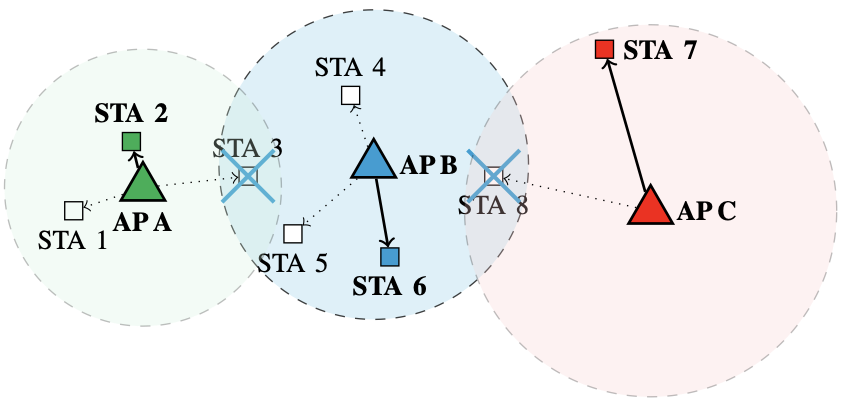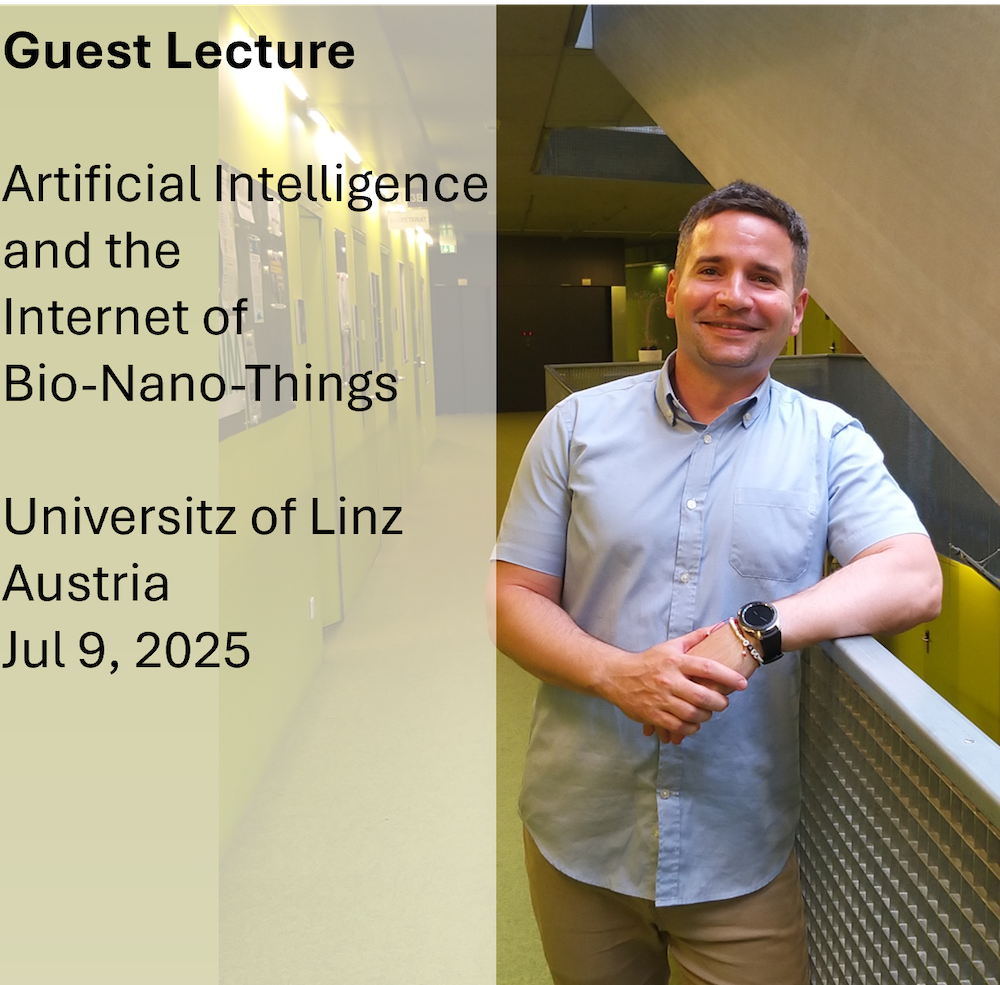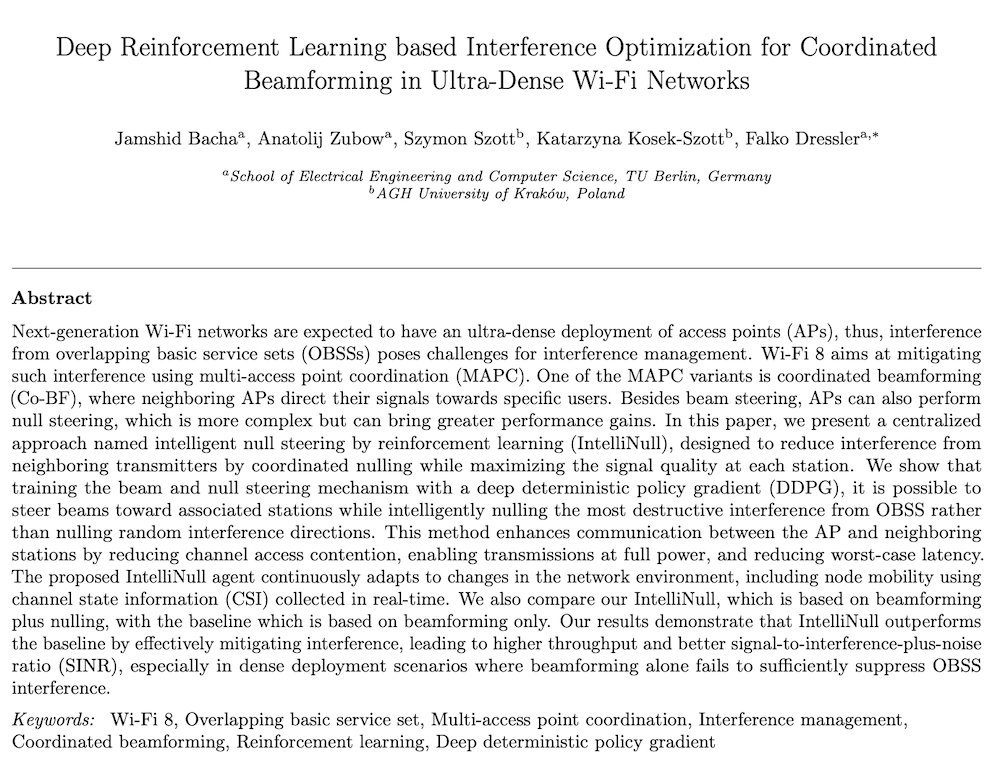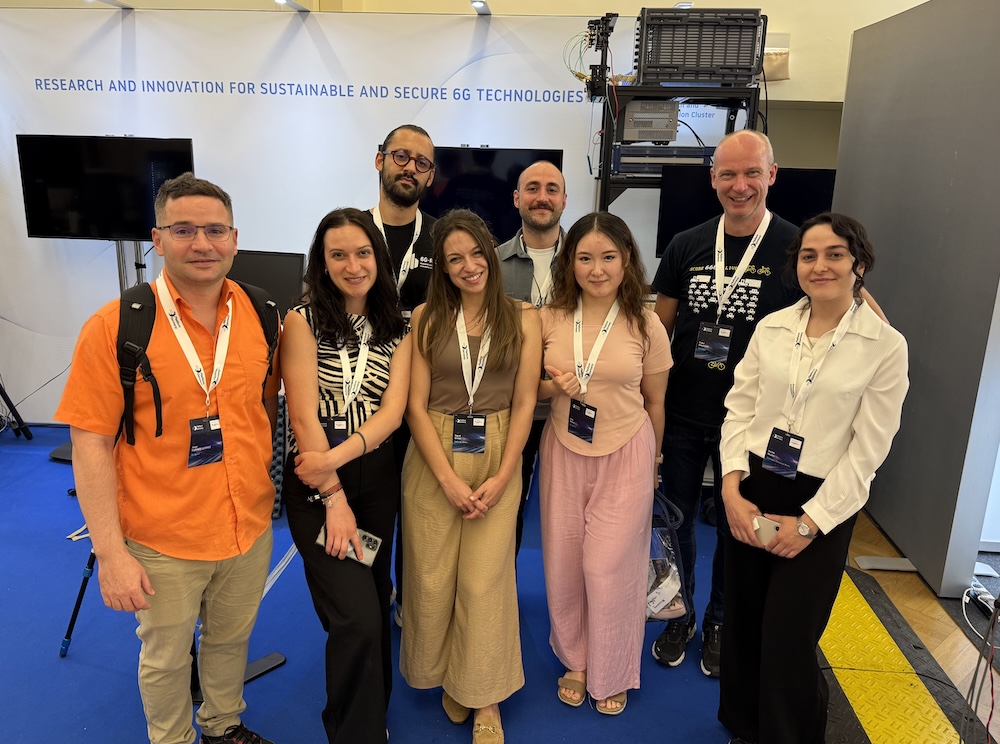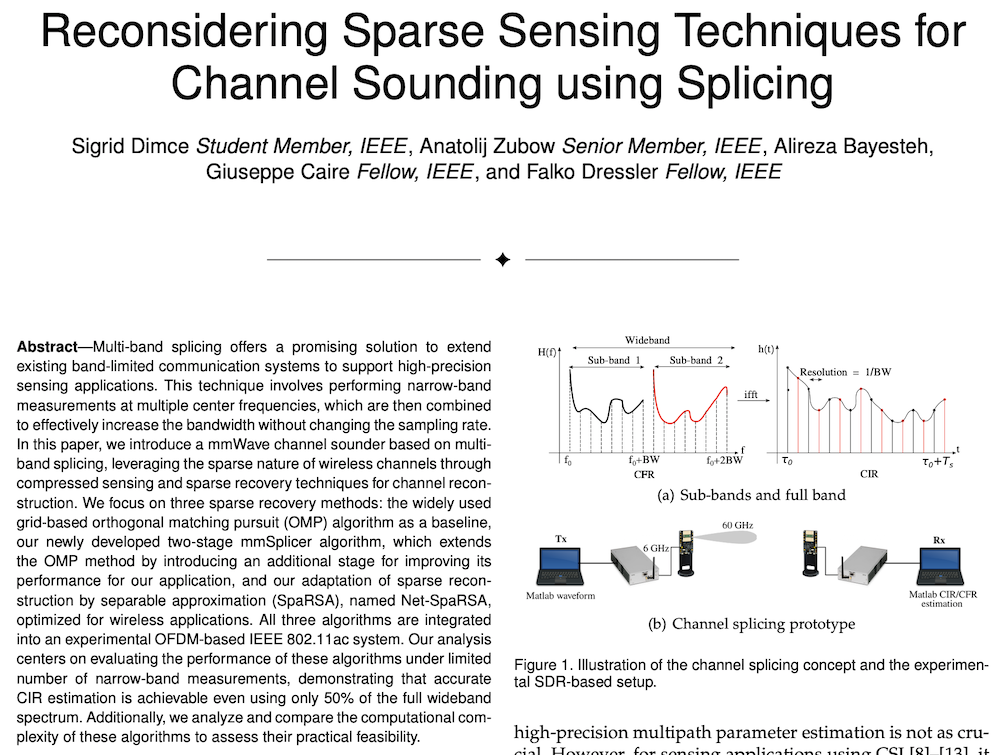Literature Database Entry
nam2024hiding
Yeaeun Nam, "Hiding Cross Technology Communication from Technology specific Jamming Attacks," Bachelor Thesis, School of Electrical Engineering and Computer Science (EECS), TU Berlin (TUB), October 2024. (Advisors: Sascha Rösler and Anatolij Zubow; Referees: Falko Dressler and Thomas Sikora)
Abstract
As rising popularity of the Internet of Things (IoT), various wireless network standards are being used in the 2.4GHz band. Since there are heterogeneous network standards, cross-technology communication that connects these standards has been actively researched. While these communication methods are being researched, jamming, which causes communication interference, threatens the security and convenience. Among them, selective jamming, which targets one network standard, has the characteristic of being difficult to detect, because jamming starts only when there is data transmission between receiver and transmitter. Therefore, in this paper, I designed a circuit to hide a Wi-Lo frame, as representation of CTC, from the selective jammer so that the jammer cannot interfere with the communication. By using the principle that the selective jammer detects the WiFi preamble and then jams the signal in reverse, it was able to hiding Wi-Lo from jamming with 15 dB about 98% by muting the signal for the time equal to the synchronization.
Quick access
Contact
Yeaeun Nam
BibTeX reference
@phdthesis{nam2024hiding,
author = {Nam, Yeaeun},
title = {{Hiding Cross Technology Communication from Technology specific Jamming Attacks}},
advisor = {R{\"{o}}sler, Sascha and Zubow, Anatolij},
institution = {School of Electrical Engineering and Computer Science (EECS)},
location = {Berlin, Germany},
month = {10},
referee = {Dressler, Falko and Sikora, Thomas},
school = {TU Berlin (TUB)},
type = {Bachelor Thesis},
year = {2024},
}
Copyright notice
Links to final or draft versions of papers are presented here to ensure timely dissemination of scholarly and technical work. Copyright and all rights therein are retained by authors or by other copyright holders. All persons copying this information are expected to adhere to the terms and constraints invoked by each author's copyright. In most cases, these works may not be reposted or distributed for commercial purposes without the explicit permission of the copyright holder.
The following applies to all papers listed above that have IEEE copyrights: Personal use of this material is permitted. However, permission to reprint/republish this material for advertising or promotional purposes or for creating new collective works for resale or redistribution to servers or lists, or to reuse any copyrighted component of this work in other works must be obtained from the IEEE.
The following applies to all papers listed above that are in submission to IEEE conference/workshop proceedings or journals: This work has been submitted to the IEEE for possible publication. Copyright may be transferred without notice, after which this version may no longer be accessible.
The following applies to all papers listed above that have ACM copyrights: ACM COPYRIGHT NOTICE. Permission to make digital or hard copies of part or all of this work for personal or classroom use is granted without fee provided that copies are not made or distributed for profit or commercial advantage and that copies bear this notice and the full citation on the first page. Copyrights for components of this work owned by others than ACM must be honored. Abstracting with credit is permitted. To copy otherwise, to republish, to post on servers, or to redistribute to lists, requires prior specific permission and/or a fee. Request permissions from Publications Dept., ACM, Inc., fax +1 (212) 869-0481, or permissions@acm.org.
The following applies to all SpringerLink papers listed above that have Springer Science+Business Media copyrights: The original publication is available at www.springerlink.com.
This page was automatically generated using BibDB and bib2web.

